? for KDs and stone experts
lisa_a
9 years ago
Related Stories
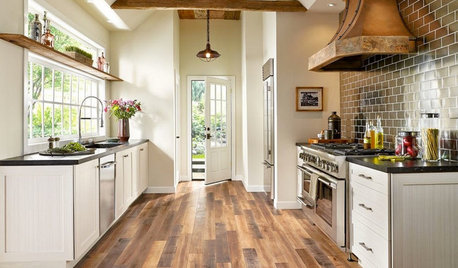
MOST POPULARPros and Cons of 5 Popular Kitchen Flooring Materials
Which kitchen flooring is right for you? An expert gives us the rundown
Full Story
TASTEMAKERSAsk an Expert: What Is the One Design Rule You Live By?
Eight home experts share their top design rules
Full Story
WALL TREATMENTSExpert Opinion: What’s Next for the Feature Wall?
Designers look beyond painted accent walls to wallpaper, layered artwork, paneling and more
Full Story
HEALTHY HOMEHow to Childproof Your Home: Expert Advice
Safety strategies, Part 1: Get the lowdown from the pros on which areas of the home need locks, lids, gates and more
Full Story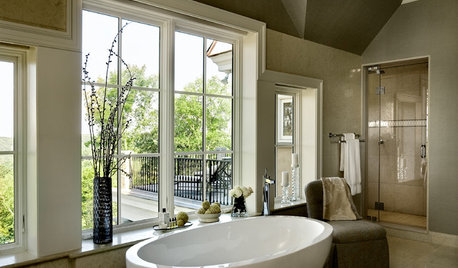
BATHROOM DESIGNExpert Talk: Freestanding Bathtubs Make a Splash
Professional designers explain why they chose freestanding tubs and how the style can enhance the design of any bathroom
Full Story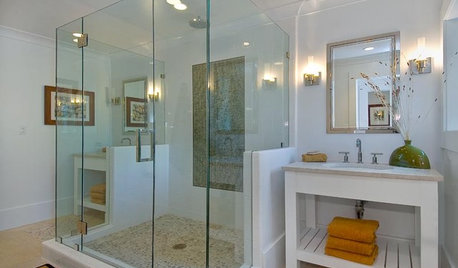
BATHROOM DESIGNExpert Talk: Frameless Showers Get Show of Support
Professional designers explain how frameless shower doors boosted the look or function of 12 bathrooms
Full Story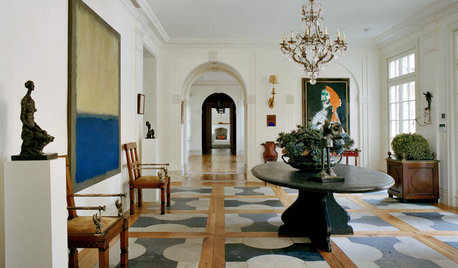
TASTEMAKERSA New Decorating Book Celebrates Expert Style Mixing
Old-world classic, traditional and modern elements harmonize in Stephen Sills' gift-worthy new decorating book
Full Story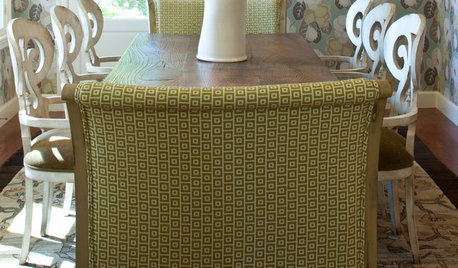
DINING ROOMSExpert Talk: Treat the Eyes to Dining Room Wallpaper
For a visual feast and plentiful servings of style in the dining room, pro designers show how wallpaper fits the bill
Full Story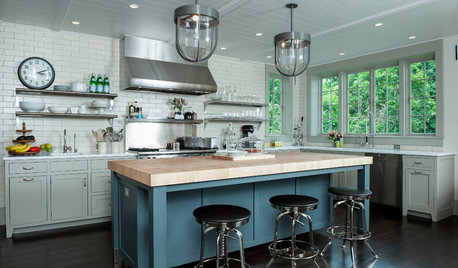
KITCHEN DESIGNExpert Talk: Design Lessons From 9 Stunning Kitchens
Architects share a behind-the-scenes look at the design decisions for some of their most interesting kitchen projects
Full Story
FURNITUREExpert Talk: Dreaming of a Daybed
Whatever color, pattern or style flits through your fancy, today's daybeds let you have it — and practicality too
Full StoryMore Discussions






Joseph Corlett, LLC
lisa_aOriginal Author
Related Professionals
Clute Kitchen & Bathroom Designers · Henderson Kitchen & Bathroom Designers · Hillsboro Kitchen & Bathroom Designers · Philadelphia Kitchen & Bathroom Designers · South Farmingdale Kitchen & Bathroom Designers · Adelphi Kitchen & Bathroom Remodelers · Sunrise Manor Kitchen & Bathroom Remodelers · Bellevue Kitchen & Bathroom Remodelers · Rancho Cordova Kitchen & Bathroom Remodelers · Skokie Kitchen & Bathroom Remodelers · Tuckahoe Kitchen & Bathroom Remodelers · Rowland Heights Cabinets & Cabinetry · Sunset Cabinets & Cabinetry · Vermillion Cabinets & Cabinetry · Gladstone Tile and Stone Contractorskarin_mt
Joseph Corlett, LLC
Stoneshine
Texas_Gem
karin_mt
Granite City Services
Texas_Gem
karin_mt
Texas_Gem
lisa_aOriginal Author
lisa_aOriginal Author
karin_mt
Stoneshine
lisa_aOriginal Author